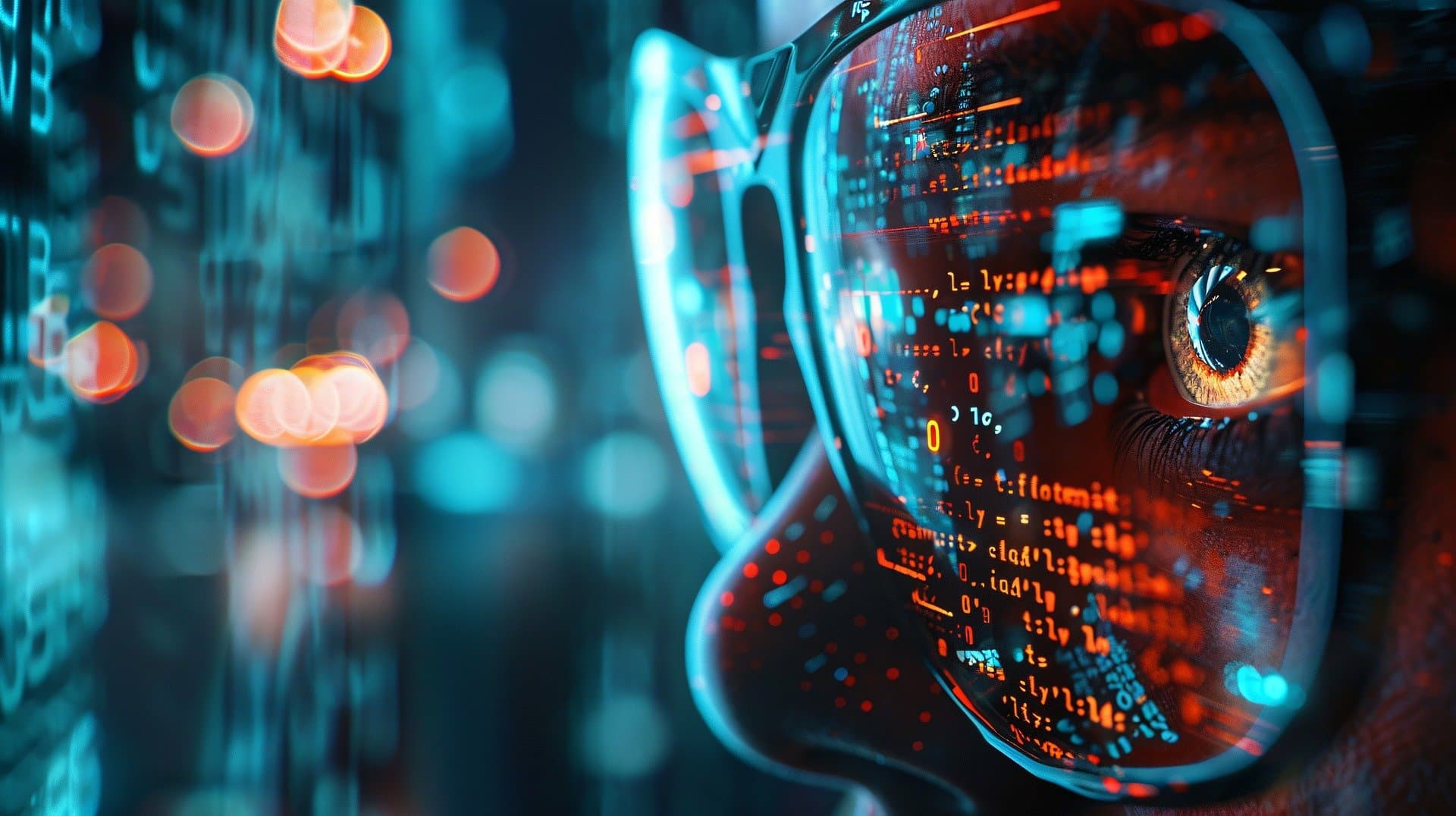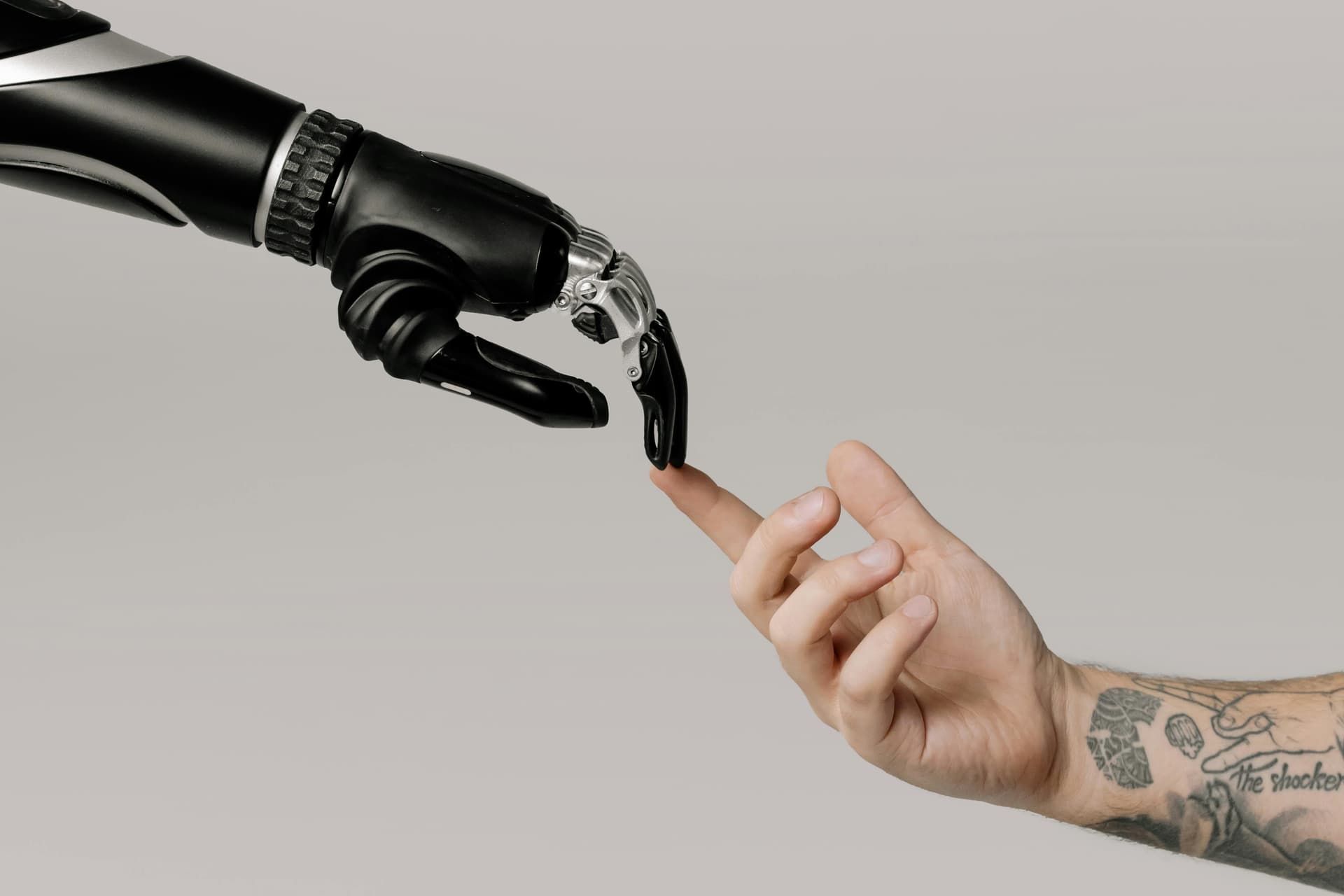By DeepHumanize on January 01, 2025

In the fast-growing AI development, the challenge of differentiating human-written text from AI-written text has crossed a crossroads. While AI content detection tools once promised clarity, their growing inadequacies have sparked a disruptive innovation: AI Humanizers. These tools are revolutionizing the situation in 2025 and testing the efficiency of the detection systems and the concept of authenticity in the digital environment.
AI content detection tools were first seen as the remedy against the flood of content created by machines. Thus, educators, businesses, and digital platforms viewed them as useful in preventing plagiarism, building credibility, and sustaining ethical norms. However, as language models such as GPT were developed, the weaknesses of detection technology were evident to everyone. Nonetheless, AI detection systems are not always accurate and may be off most of the time. Sophisticated AI-produced text is often not flagged, while actual human content might be flagged as spam. This is especially so for people with a specific writing style or accent, those who write in a second language, etc. Mistakes only undermine people's confidence in detection technology and en, which ultimately disappoints and mistrust sols.
Human language is versatile and conditioned by culture, context, and individual creativity. Despite the impressive performance of AI-generated text, the latter tends to recreate such subtleties to the greatest extent possible. Detection tools, however, operate with algorithms that analyze patterns, probabilities, and statistical deviations—things that may remain beyond the reach of an adequate description of human creativity. Modern AI techniques generate virtually impossible text to distinguish from human-authored text, which the distinction detection tools were designed to clarify. Such a probabilistic approach to identification implies that even the best systems are capable of making mistakes, and thus, their credibility and functionality are compromised.
Meet AI Humanizers, a new generation of tools that help make machine-generated material more human-like. The main idea of AI Humanizers is to add slight deviations and differences in tones and replicate the style of human writing to circumvent the measures the standard systems use. By 2024, these tools will be essential for creators, marketers, and other professionals who need to avoid the hazards of AI-generated content detection. Some users are using AI Humanizers to prevent false positive results, while others want their content to be as real as possible.
The emergence of AI Humanizers poses a very deep ethical question. On the one hand, these tools are helpful for people who were identified as suspicious by the detection instruments. On the other hand, they create opportunities for misleading activity, allowing the users to hide the source of the information. This duality raises pressing questions: Is AI Humanizers a tool to help or an enabler of dishonesty? The question is how they are employed. To some, they are a method of safely safely navigating problematic detection systems. For others, they are a tool to take advantage of those exact imperfections.
However, it is important to note that AI Humanizers have drawbacks. They are in permanent competition because they are based on the same technological paradigms as detection instruments and language models. With time, detection systems will likely improve their techniques of identifying humanized content, leading to a continuing cycle of advancement by both parties. This dynamic is a cause for concern if the sustainability of such tools is to be considered. If detection and humanization technologies continue to advance, they could add more confusion than the definition for users, who are left to cycle endlessly through the process of adjustment.

The coming of AI Humanizers is a wake-up call to stakeholders in the AI ecosystem. That is why it is important to apply a complex approach to the challenges of AI-generated content. Detection systems should take into account the variety of human expression. At the same time, users of humanization tools need to incorporate those tools ethically and openly. Officials also have a great responsibility to develop rules that foster innovation and require responsibility. It is important to note that regulation should be directed toward closing the gap between technological possibility and social demand for AI while building the necessary trust in such systems without restraining their creators' potential.
Looking at the prospects of 2025, the discussion of AI-created content is as relevant as ever. AI Humanizers represent a new stage, forcing us to consider the issue of defining and maintaining the concept of genuineness in the context of the world's growing automation. Whether it is done through improving detectors, refining humanization techniques, or changing the general culture, the search for a true human voice will remain a key theme of the AI story in the years to come.